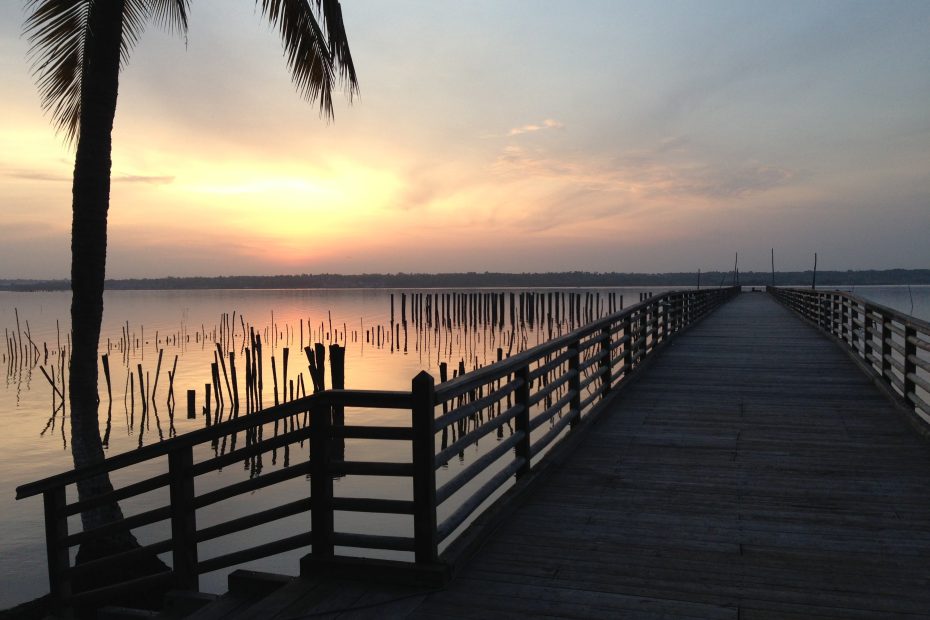Table of Contents
Introduction
Benin, located in West Africa, has a long and rich cultural history dating back to the ancient Benin Empire. The Benin Empire lasted from the 15th to 19th century CE and was renowned for its sophisticated art, architecture, and complex political institutions. Even after the decline of the empire, the Edo people of Benin have maintained many of their vibrant artistic and cultural traditions. From brass sculptures to lively festivals, Benin’s cultural heritage continues to be an important part of its national identity today.
Art and Architecture
Brass and Bronze Works
Benin art is most famous for its ornate brass and bronze sculptures and plaques. Bronze casting flourished from the 16th to 18th centuries, and Benin bronze sculptures were eagerly traded with Europeans. The “Benin Bronzes” are highly detailed depictions of Benin rulers, warriors, and everyday life scenes. These metalworks demonstrate a high level of technical skill and artistry.
Sculptures and Carvings
In addition to metalworks, Benin artisans produce fine ivory, wood, and stone sculptures. Particularly notable are ivory carvings and the carved tusks of elephants. These depict religious, mythological, and historical themes with exquisite craftsmanship.
Palaces and Temples
The ancient palaces and temples of Benin were built with complex architectural designs. Features like moats, ramparts, and labyrinthine passages protected the huge earthen structures. Although the royal palace was destroyed by the British in 1897, remnants showcase past architectural excellence.
Music and Dance
Royal Music at the Palace
Music was central to rituals and ceremonies at the royal palace. Skilled drummers, gong players, and horn blowers made up royal ensembles. The oliolu and igbin trumpets remain important in Benin’s traditional music.
Traditional Festivals and Dances
Lively music and dance are integral parts of Benin’s cultural festivals. Skilled dancers in vibrant costumes perform at events like Igue and Ewere dances. The Ekassa dance with swift acrobatic moves is also popular.
Cuisine
Staples and Common Ingredients
The cuisine of Benin relies on staples like maize, rice, millet, cassava, beans, and yams. Palm oil, peanuts, and spices like chili peppers flavor Benin’s signature dishes. Livestock like chicken, beef, goat, and bush meat are commonly eaten.
Signature Dishes and Delicacies
Some iconic Benin dishes include gboma foto (spinach stew), azin (spinach and greens), and dodo (fried plantain). Aloco is grated plantain fried in palm oil, while akara are bean fritters. Exotic bush meats are considered delicacies.
Language and Literature
Native Edo Language
The main native language in Benin is Edo, part of the Kwa Niger-Congo languages. The rich vocabulary reflects Benin’s complex history and traditions. Though French is now the official language, Edo remains important to cultural identity.
Oral Traditions and Folklore
In the absence of a written tradition, oral literature like folktales, myths, poetry and proverbs play a big role. Storytelling preserves history and imparts cultural values. The trickster god Eshu is a popular folklore figure.
Festivals and Celebrations
Annual Festivals and Events
Benin has numerous festivals and events steeped in tradition. Igue festival sees cultural displays and rituals to celebrate the harvest. Ekpeni festival in Abomey honors the Yoruba gods with singing and dance.
Significance of Festivals
These lively festivals reinforce cultural and spiritual bonds. They showcase indigenous music, dance, arts, and food. The festivals reaffirm community relationships and Benin’s rich heritage.
Religious Beliefs and Practices
Indigenous Religion and Deities
Historically, Benin’s indigenous religion venerates a supreme creator god, Osanobua, and minor deities representing forces of nature. Eshu the trickster, Ogun the god of war and Oya the goddess of the river are some key deities.
Spread of Christianity
With colonialism came the influence of Christianity which is now the religion of over half the population. But traditional beliefs still have cultural significance for many.
Traditional Attire and Fashion
Royal Attire and Coral Beads
Benin royalty and titleholders wear elegant coral-bead jewelry as a symbol of status. Intricate coral crowns, necklaces, bracelets and waist chains are paraded on ceremonial occasions.
Everyday Clothes and Fabrics
Wraparound skirts, loose-fitting blouses and vibrant head-ties are everyday wear for women here. Men wear embroidered gowns and caps. Locally manufactured fabrics are popular.
Contemporary Culture
Tourism
Benin’s World Heritage sites, national parks and museums attract tourists interested in exploring its heritage. Guiding visitors also provides income for local communities.
Efforts at Cultural Preservation
Organizations like the National Commission on Museums and Monuments work on restoring and maintaining historical sites. They also promote traditional crafts, dance, music and indigenous knowledge systems.
Conclusion
In summary, Benin has a culturally dynamic heritage that connects its modern population to a rich history. From royal rituals to folk arts and festivals, diverse traditional expressions persist in modern forms. As Benin evolves, preserving these treasured traditions remains vital for safeguarding its unique cultural identity. The vibrant heritage continues to instill pride, bind communities, and attract global interest.
FAQs
What are some key features of traditional architecture in Benin?
Some notable features of ancient Benin architecture include earthen defensive walls and moats around cities, sacred altars and shrines in palaces, and intricately carved pillars depicting historical events.
What materials are commonly used in Benin’s art and handicrafts?
Benin artisans work with materials like bronze, brass, ivory, wood, and stone. Terracotta, beads, textiles, and raffia are also used in traditional handicrafts.
How do festivals showcase Benin’s cultural heritage?
Festivals allow displays of rituals, music, dance, costumes, arts and crafts that have been passed down generations. They reinforce indigenous beliefs and knowledge.
What are Benin’s World Heritage sites?
UNESCO has designated the Royal Palaces of Abomey and Sites of the Kingdom of Dahomey as World Heritage sites, along with Pendjari National Park.
How does clothing reflect status in Benin’s culture?
In Benin’s history, royalty and titleholders wore coral beads and regalia as symbols of rank. Certain fabrics, patterns and jewelry in everyday clothes also denote status.
